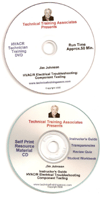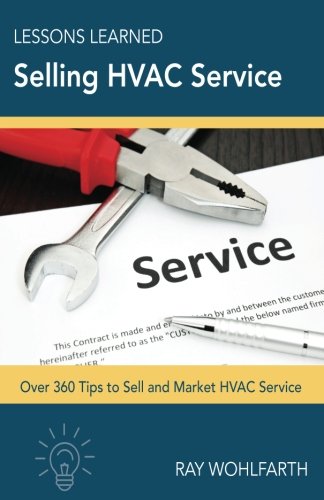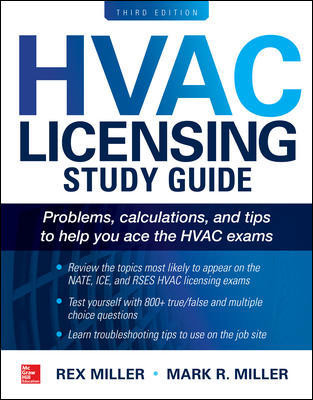This past summer, I sat in on ASHRAE’s Technical Committee TRG2.B Handbook Committee meeting. Their discussion focused on needed changes to Chapter 58 of the 2011 Application Handbook and, more specifically, the need to address security as it pertains to HVAC systems. As I listened to the various individuals talk about the potential terrorist acts, I thought about all my years in this business never thinking about most of the scenarios discussed that day.
In the past, it has always been about temperature and/or humidity control, air changes, space pressure, etc., but never about terrorist acts. Even when I was standing outside the Pentagon a year before 9/11, commenting to our client about how easy if would be for a plane to take off from Reagan International Airport, hook a left turn, and dive right into the Pentagon, we passed it off as, “Nah, that would never happen,” yet here I am sitting in on a discussion about how revisions to Chapter 58 of the Application Handbook to address the world problems we are facing today.
Guideline notes
As I took notes, it became very apparent to me that there is a dire need to provide design guidelines, suggested sequences of operation, maintenance management, and emergency planning pertaining to HVAC security. Here are some of the topics that came up in that TRG2.B Handbook meetings:- There are standard guidelines for smoke control in a building. In fact, there are several suggestions for a design engineer to consider when engineering an HVAC solution to an atrium fire, fire within a room, or within a smoke zone (to mention three scenarios). But what type of sequence of operation do we have for the release of a hazardous gas within any of these three areas? What space detection system should be there to recognize the hazardous material? Should the engineer also specify some type of high-limit or low-limit alarms? Should the central air system shut down the supply air to the space while having the return air go to 100% exhaust mode?
- There are guidelines for chemical spills in a laboratory, but what about an intentional hazardous spill (liquid or particles) sequence of operation written based on a terrorist initiative within a building? Sure there are those emergency evacuation modes of operation for a laboratory spill, and of course there are all those different kinds of HVAC system evacuation modes of operation noted above, but what about a terrorist act within a building? What would the HVAC system do in response to this spill? If there isn’t a sequence and there aren’t any specific space sensors, the HVAC system will continue to operate and, if it has a return air component to the system, then you can expect any chemical vapors will be distributed as far out into the building as the associated supply air distribution goes.
- Another potential problem with HVAC systems pertains to the unit’s filtration system, which may have been designed to capture certain chemical fumes (a.k.a terrorist-induced). What happens over time when filter replacement procedures are not followed and toxic gas is allowed to bypass the filter media? There is a sense of false security if we don’t have some device monitoring the air quality, similar to what a smoke detector does relative to smoke in the airstream?
- Poor maintenance management relative to inspection of filter frame gaskets that deteriorate to the point that there is a significant amount of air leakage may promote another po-tential sense of false security. Even worse, I have observed while doing facility assessments, filters that have fallen out of their filter frame, thus allowing all the air to go directly on through without any filtration. This once again gives a false sense of security relative to IAQ until someone finds this problem and corrects it.
Your turn
So, having identified some issues and concerns as it pertains to HVAC security, do you have some practitioner experience and/or lessons learned relative to this topic? If you do, e-mail me athmkew@rdkengineers.comand I’ll pass on your suggestions and recommendations to TRG2.B for their consideration as they focus on providing significant enhancements to Chapter 58. If you have some suggested HVAC security checklists associated with alarms, safeties, maintenance management procedures, operator instructions, and training plans, send them also.ASHRAE has been aggressively working to improve the electronic version of the handbook with the inclusion of website links and download of files for design engineers, facility technicians, and others involved with the HVAC industry. You never know, maybe your electronic document(s) will be selected for use in the 2011 ASHRAE Handbook - Applications that can help us all with this international problem. ES





